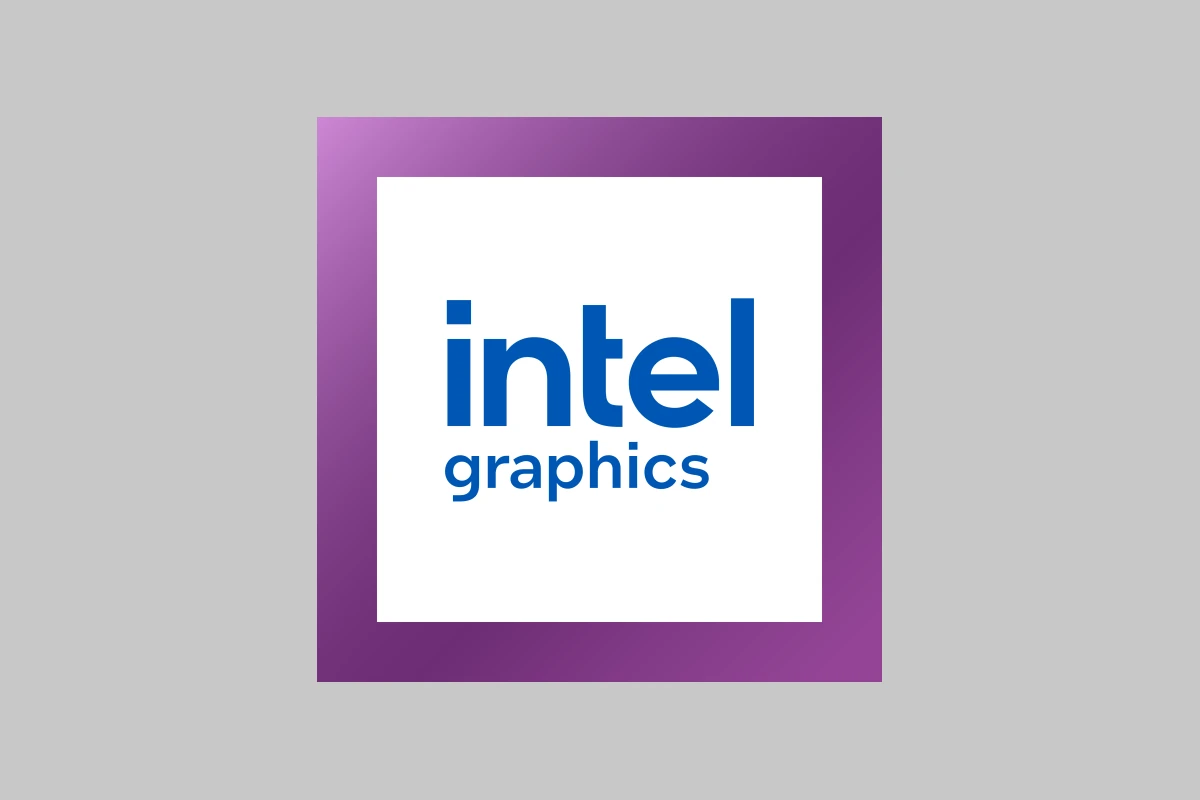Intel HD Graphics brings integrated graphics power to many computers. These built-in GPUs offer basic graphics capabilities without the need for a separate graphics card. Intel HD Graphics can handle everyday tasks like web browsing, office work, and light gaming, making them suitable for many users.
You’ll find Intel HD Graphics in many laptops and desktops with Intel processors. They’ve improved over time, with newer versions offering better performance. While not as powerful as dedicated GPUs, they’re energy-efficient and cost-effective.
Choosing a computer with Intel HD Graphics depends on your needs. For basic use, they’re often enough. But for demanding games or professional graphics work, you may need a more powerful option. Check the specific model to see if it meets your requirements.
| Intel HD Graphics Feature | Benefit |
|---|---|
| Integrated design | Space and power savings |
| Basic 3D capabilities | Suitable for light gaming |
| Hardware video decoding | Smooth video playback |
| Support for multiple displays | Enhanced productivity |
Intel HD Graphics: Integrated GPUs
Intel HD Graphics refers to a series of integrated graphics processors (IGPs) found in Intel CPUs. These graphics processors are built into the CPU itself, rather than being a separate dedicated graphics card. This approach offers several benefits, including:
- Cost-effectiveness: Integrated graphics eliminate the need for a separate graphics card, which can save money.
- Reduced power consumption: IGPs typically use less power than dedicated graphics cards, leading to longer battery life in laptops.
- Compact size: Integrated graphics allow for smaller and lighter devices.
While Intel HD Graphics may not match the performance of dedicated graphics cards, they have evolved significantly over the years. They can handle everyday tasks such as web browsing, video playback, and casual gaming. They are also capable of some light photo and video editing.
Generations of Intel HD Graphics
Intel has released several generations of HD Graphics, each with improved performance and features. Some of the notable generations include:
- Intel HD Graphics (Gen 2-3): Found in older Intel processors, these early generations offered basic graphics capabilities.
- Intel HD Graphics 4000/5000: Introduced with Intel’s 4th generation Core processors (“Haswell”), these IGPs provided a significant performance jump.
- Intel Iris Graphics/Iris Pro Graphics: These higher-end integrated graphics offered even better performance, approaching the capabilities of some entry-level dedicated graphics cards.
- Intel UHD Graphics: Found in newer Intel processors, UHD Graphics offer improved performance and support for higher resolutions.
- Intel Iris Xe Graphics: The latest generation of Intel’s integrated graphics, Iris Xe Graphics deliver a substantial performance boost and support for advanced features like hardware-accelerated ray tracing.
Performance and Use Cases
The performance of Intel HD Graphics varies depending on the specific generation and the CPU it is integrated into. In general, newer generations offer better performance. However, even the latest Intel HD Graphics are not designed for demanding tasks like high-end gaming or professional video editing.
Here’s a table summarizing the typical use cases for Intel HD Graphics:
| Task | Intel HD Graphics |
|---|---|
| Web browsing | Excellent |
| Video playback (including 4K) | Excellent |
| Casual gaming | Good |
| Office productivity | Excellent |
| Light photo editing | Good |
| Light video editing | Good |
| Demanding games (AAA titles) | Not suitable |
| Professional video editing | Not suitable |
Intel HD Graphics vs. Dedicated Graphics
While Intel HD Graphics have come a long way, they still have limitations compared to dedicated graphics cards. Dedicated graphics cards have their own dedicated memory (VRAM) and processing units, allowing them to handle much more complex graphics tasks.
Here’s a quick comparison:
| Feature | Intel HD Graphics | Dedicated Graphics |
|---|---|---|
| Performance | Lower | Higher |
| Power consumption | Lower | Higher |
| Cost | Included with CPU | Separate cost |
| Size | More compact | Larger |
| Typical use cases | Everyday tasks, light gaming | Demanding games, professional content creation |
If you need the best possible graphics performance, a dedicated graphics card is still the way to go. However, for everyday use and light gaming, Intel HD Graphics can be a good option. They offer a balance of performance, power efficiency, and cost-effectiveness.
Quick Sync Video: Hardware-Accelerated Video Processing
One of the notable features of Intel HD Graphics is Quick Sync Video. This is a hardware acceleration technology that uses the integrated graphics processor to speed up video encoding and decoding. This can significantly reduce the time it takes to perform tasks like:
- Converting video files between different formats
- Editing videos
- Streaming video content
Quick Sync Video is particularly useful for tasks that involve H.264 and HEVC (H.265) codecs, which are commonly used for video compression. By offloading these tasks to the integrated graphics processor, the CPU is freed up to handle other tasks. This can lead to a smoother and more responsive overall system experience.
Quick Sync Video is a valuable feature for anyone who works with video content regularly. It can save time and improve productivity. It’s also a good example of how Intel HD Graphics can be used to enhance the overall computing experience beyond just basic graphics processing.
Overview of Intel HD Graphics
Intel HD Graphics represents a significant advancement in integrated graphics technology. These graphics solutions offer improved performance and efficiency across a wide range of devices and applications.
Evolution and Architecture
Intel HD Graphics debuted in 2010 with the first generation of Intel Core processors. The architecture has evolved significantly since then. Early versions featured basic 3D acceleration and video playback capabilities.
Newer generations like Skylake and Kaby Lake brought enhanced performance and features. These include better 4K video support and improved power efficiency. The latest iterations found in Ice Lake and Tiger Lake processors offer even more impressive graphics capabilities.
Key improvements in recent years include:
- Increased execution units
- Higher clock speeds
- Support for newer graphics APIs
- Enhanced media encoding/decoding
Intel HD Graphics in the Processor Ecosystem
Intel HD Graphics plays a crucial role in the processor ecosystem. It’s integrated directly into many Intel CPUs, from budget Celeron models to high-end Core i9 chips. This integration offers several benefits:
- Reduced system cost
- Lower power consumption
- Compact form factors
For everyday tasks and light gaming, Intel HD Graphics often suffices. It eliminates the need for a dedicated GPU in many systems. However, for demanding applications or high-end gaming, a discrete graphics card may still be necessary.
Intel continues to improve its integrated graphics. Recent generations like Rocket Lake and Alder Lake show significant performance gains. These advancements help Intel compete more effectively with AMD’s integrated graphics solutions.
Driver Support and Software Updates
Intel provides regular updates for HD Graphics drivers. These updates enhance performance and fix bugs. Keeping your drivers current ensures optimal functionality.
Finding and Installing the Right Driver
To find the correct driver for your Intel HD Graphics, visit the Intel Download Center. Use the Intel® Driver & Support Assistant to identify your hardware and get tailored updates.
Download the latest driver package for your specific Intel HD Graphics model. Follow these steps to install:
- Unzip the downloaded file
- Run the setup executable
- Follow on-screen instructions
- Restart your computer
Some computer manufacturers modify Intel drivers. Check your PC maker’s website for customized versions.
Updating Drivers through Windows Update
Windows Update offers an alternative method to keep your Intel HD Graphics drivers current. Here’s how to use it:
- Open Windows Settings
- Click on “Update & Security”
- Select “Windows Update”
- Click “Check for updates”
If updates are available, Windows will download and install them automatically. You may need to restart your PC to complete the process.
This method is convenient but may not always provide the latest version. For cutting-edge features, use the Intel website.
| Update Method | Pros | Cons |
|---|---|---|
| Intel Website | Latest drivers, Full feature set | Manual process |
| Windows Update | Automatic, Easy | May lag behind latest version |
Technical Specifications and Features
Intel HD Graphics offer advanced capabilities for modern computing needs. These integrated solutions provide powerful performance for everyday tasks and light gaming.
64-Bit Computing with Intel HD Graphics
Intel HD Graphics fully support 64-bit computing environments. This allows for improved memory addressing and enhanced performance. 64-bit support enables access to larger amounts of system RAM, benefiting graphics-intensive applications.
The Intel HD Graphics drivers are optimized for 64-bit operating systems. You’ll experience smoother multitasking and faster rendering in compatible software.
Key features of 64-bit Intel HD Graphics include:
- Support for up to 8GB of dedicated video memory
- Enhanced floating-point precision
- Improved parallel processing capabilities
Intel® Xe Dedicated Graphics
Intel Xe Graphics represent a significant leap in integrated GPU technology. These dedicated graphics solutions offer increased performance for gaming and content creation.
Xe Graphics provide:
- Hardware-accelerated ray tracing
- AI-enhanced upscaling
- Variable rate shading
| Feature | Benefit |
|---|---|
| Ray tracing | More realistic lighting and reflections |
| AI upscaling | Higher framerates at increased resolutions |
| Variable shading | Improved performance in demanding scenes |
You’ll find Xe Graphics in newer Intel processors, offering a notable upgrade over previous HD Graphics generations. The Xe architecture enables smoother gameplay and faster video encoding.
Frequently Asked Questions
Intel HD Graphics drivers offer integrated graphics solutions for many computer systems. Users often have questions about updating, identifying, and using these drivers effectively.
How to update an Intel HD Graphics driver on Windows 10?
To update your Intel HD Graphics driver on Windows 10:
- Open Device Manager
- Expand “Display adapters”
- Right-click on the Intel HD Graphics device
- Select “Update driver”
- Choose “Search automatically for updated driver software”
Windows will search for and install any available updates. You can also download drivers directly from Intel’s website for manual installation.
What are the differences between Intel HD Graphics Family models?
Intel HD Graphics models vary in performance and features:
- Entry-level models (e.g., HD Graphics 500) offer basic display capabilities
- Mid-range options (e.g., HD Graphics 620) provide improved performance for everyday tasks
- High-end versions (e.g., Iris Plus Graphics) support more demanding applications and light gaming
Each generation brings improvements in speed, power efficiency, and support for newer technologies.
What are the system requirements for the Intel HD Graphics 4600?
The Intel HD Graphics 4600 requires:
- 4th Generation Intel Core processor
- Windows 7 or later
- At least 2GB of system memory (4GB recommended)
- Sufficient power supply
Check your computer’s specifications to ensure compatibility before upgrading.
How to find out which Intel HD Graphics model I own?
To identify your Intel HD Graphics model:
- Right-click on the desktop
- Select “Display settings”
- Click “Advanced display settings”
- Choose “Display adapter properties”
The Adapter tab will show your graphics memory details and model information.
Are Intel HD Graphics capable of running modern video games smoothly?
Intel HD Graphics can run some modern games, but performance varies:
- Older or less demanding games may run well
- Newer AAA titles often require dedicated graphics cards
- Lower resolutions and reduced graphics settings can improve performance
For the best gaming experience, consider a system with a dedicated GPU.
What steps are needed to install Intel Graphics Drivers on Windows 7?
To install Intel Graphics Drivers on Windows 7:
- Visit Intel’s driver download page
- Select your product and download the appropriate driver
- Run the installer executable
- Follow the on-screen instructions
- Restart your computer when prompted
Make sure your Windows 7 is up to date before installation for best compatibility.
| Intel HD Graphics Generation | Typical Use Cases | Gaming Capability |
|---|---|---|
| HD Graphics 2000/3000 | Basic computing | Limited |
| HD Graphics 4000/5000 | Office work | Low to moderate |
| HD Graphics 620 | Multimedia | Moderate |
| Iris Plus Graphics | Light gaming | Good for older titles |







